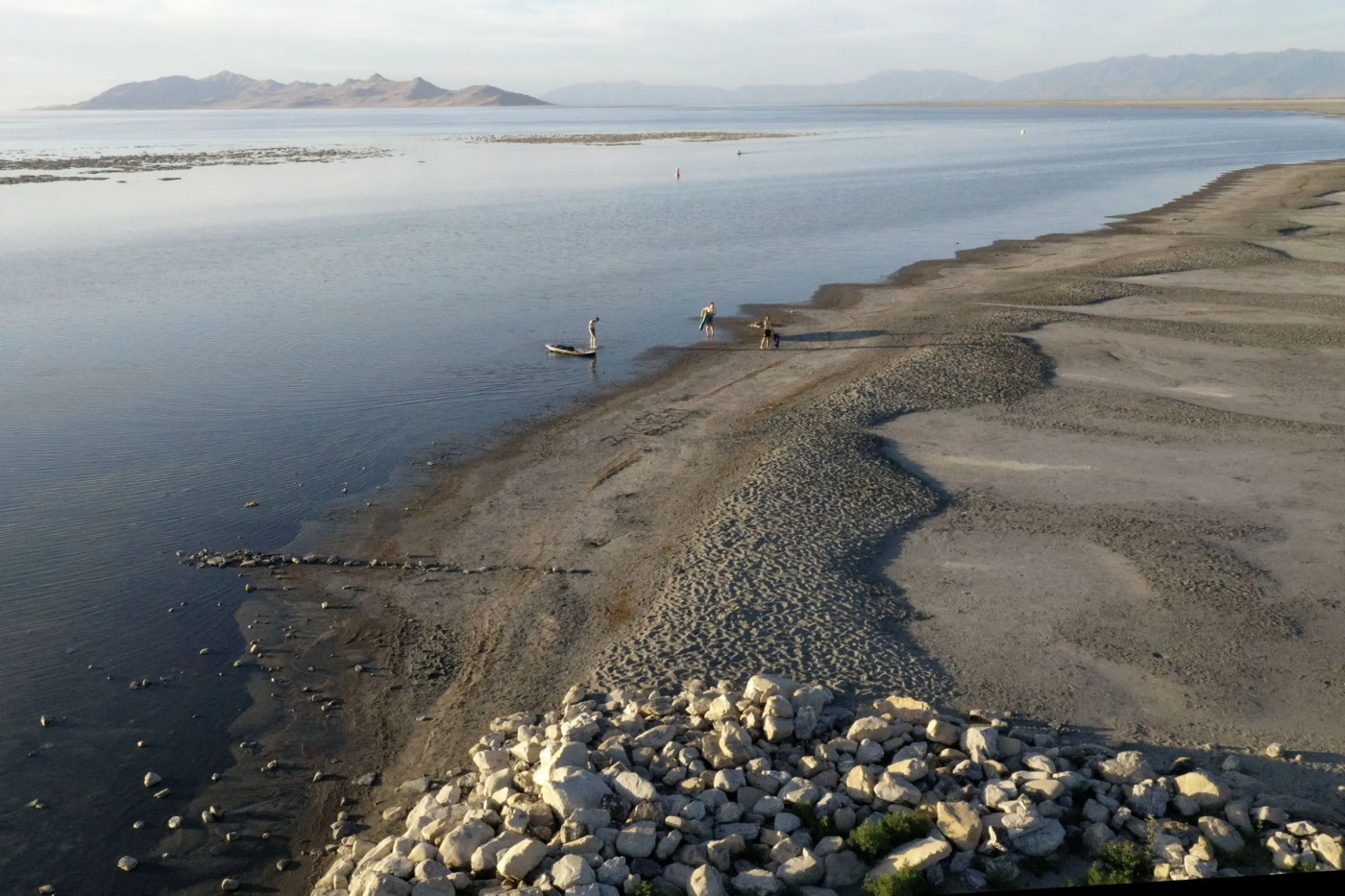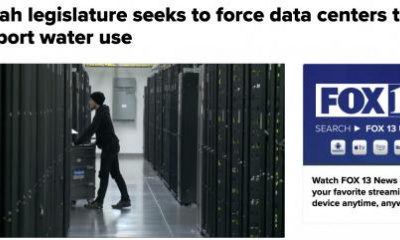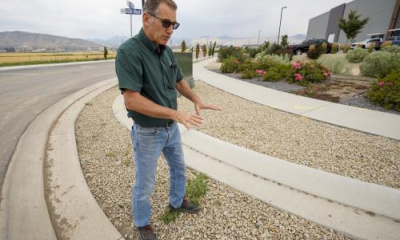New measure explores ways to get more water to the lake, adds more money
With the Great Salt Lake dropping to its new historic low this summer and projected to decline even more before year’s end, there’s additional action on the table to help save it.
On Thursday, Sen. Mitt Romney, R-Utah, introduced the Great Salt Lake Recovery Act, legislation to study historic drought conditions and protect the long-term health of the lake.
This legislation builds on conservation actions taken by the Utah Legislature in the 2022 legislative session, including the designation of $40 million for the Great Salt Lake watershed enhancement program.
What Romney had to say:
“Utah’s iconic Great Salt Lake is currently at the lowest levels ever recorded — for the second time in less than a year. It is incumbent on us to take action now which will preserve and protect this critical body of water for many generations to come.”
He said by authorizing a feasibility study on addressing the historic drought conditions of the Great Salt Lake, his legislation augments the work already being done by the state of Utah to arrive at permanent solutions to boost the health of the lake.
What the bill proposes:
It authorizes the U.S. Army Corps of Engineers to carry out a program to monitor and assess the water availability and conditions of saline lakes in the Great Basin, including the Great Salt Lake. The corps will coordinate with federal and state agencies, tribes, local governments and nonprofits to implement the program. It comes with $10 million in funding.
The legislation also directs a feasibility study to tackle drought conditions at the Great Salt Lake, which could include identifying potential helpful technologies, including pipelines, coastal desalination plants and canal reinforcement. Those measures could be capable of redirecting water sources and necessary permitting to redirect water sources across state borders.
Reaction to Romney’s proposal:
“For years, our strategy to address a receding Great Salt Lake has been to hope for water levels to rise. We are now at a crisis point and if we want to find a solution, hope can no longer be our strategy — we must explore every option to get more water to the lake than ever before,” said Utah House Speaker Brad Wilson, R-Kaysville.
“I think it is always good to bring focus to the Great Salt Lake. We are really concerned about the Great Salt Lake and its health, so anything we can bring more attention to the lake is very important,” said Jamie Barnes, director of the Utah Division of Forestry, Fire and State Lands.
Barnes said in particular the measure’s inclusion of more funding and exploring best practices for additional water deliveries to the Great Salt Lake are key solutions going forward.
What the delegation had to say:
“The Great Salt Lake is synonymous with the Beehive State,” said Rep. Chris Stewart, R-Utah. “And it’s our responsibility to ensure this staple of our community is maintained, preserved and protected for the people of Utah.”
“State and local officials are hard at work to save the lake and support those who rely on it, but reversing this trend will take a collective effort. This legislation is a great first step toward finding a solution, but our work is far from over,” Stewart said.
“The Great Salt Lake is integral to Utah’s ecosystem and landscape. Historic drought conditions have threatened this treasure, and time is running out. I am proud to support the Great Salt Lake Recovery Act because it is a crucial step to understanding and protecting this fragile resource,” said Rep. Burgess Owens, R-Utah.









